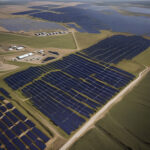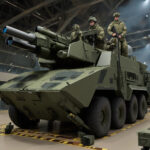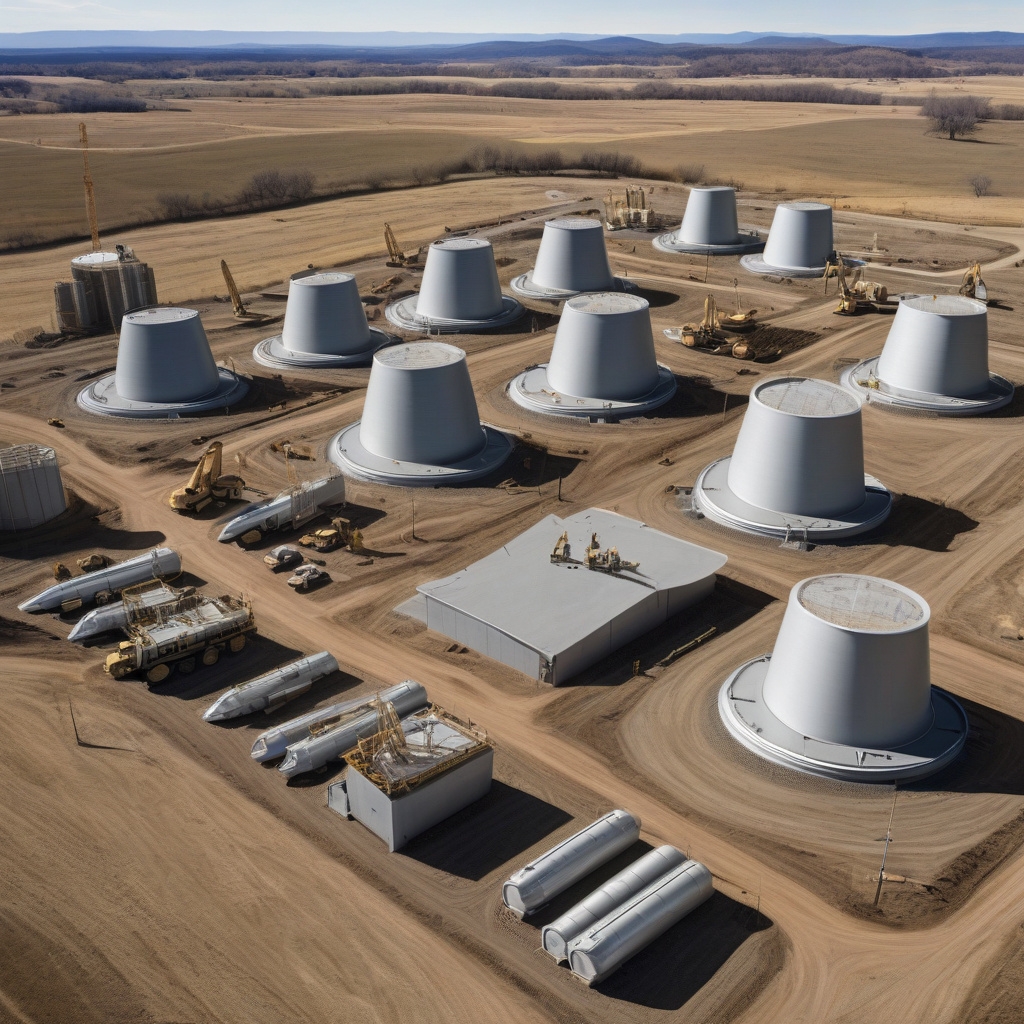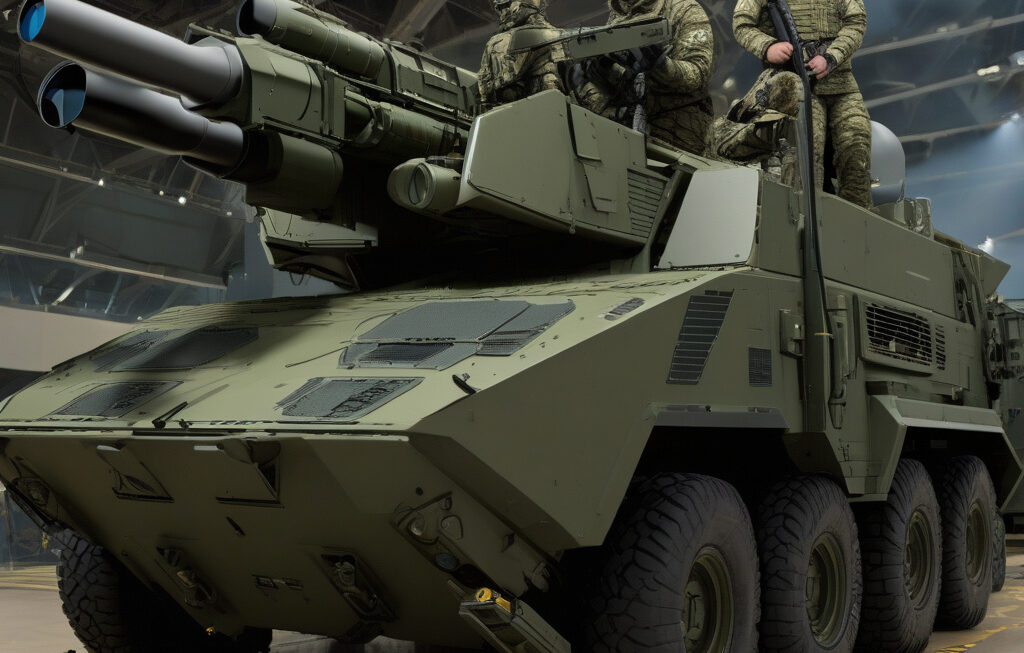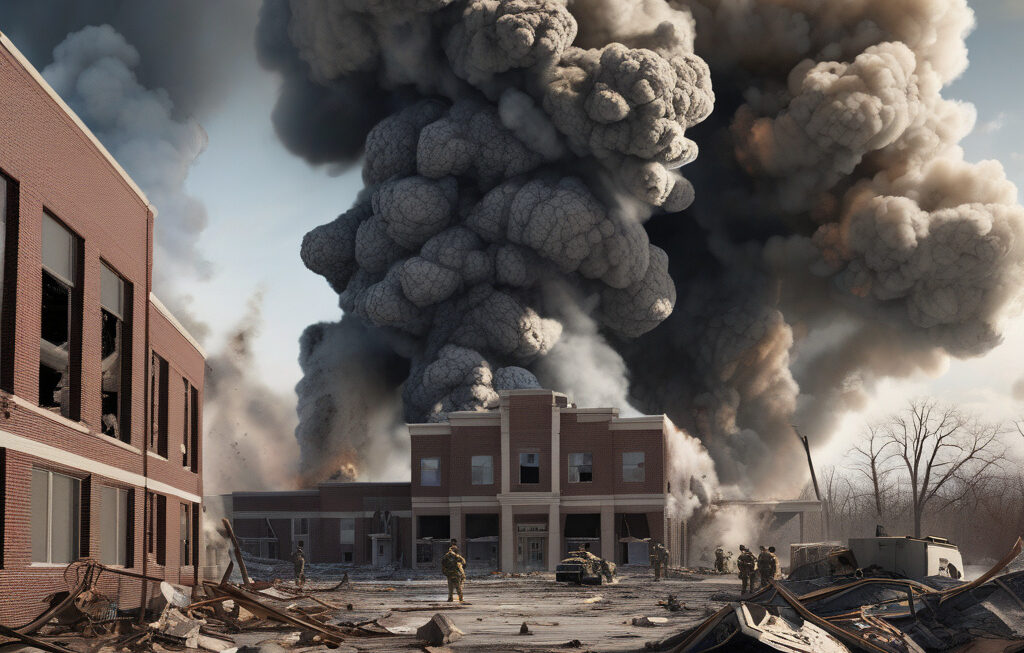Hundreds of Sentinel Nuclear Missile Silos Could Be Built by US on Private Lands
The Air Force’s top nuclear weapons planner said Wednesday that building hundreds of new missile silos is under consideration to replace the aging Minuteman III intercontinental ballistic missile system. This ambitious plan aims to modernize the U.S. nuclear arsenal, enhancing its deterrence capabilities and ensuring national security in the face of evolving global threats.
The proposal involves the construction of around 400 missile silos, known as Sentinel sites, across the expansive landscapes of rural America. These sites would be distributed across multiple states, potentially encompassing private lands. The rationale behind utilizing private properties for such a critical defense initiative stems from the strategic advantage of dispersing the missile silos, making them less vulnerable to potential attacks.
By dispersing the missile silos over a larger geographic area, the Sentinel system aims to enhance the resilience and survivability of the U.S. nuclear deterrent. This decentralization strategy is designed to deter adversaries and bolster the overall effectiveness of the country’s nuclear capabilities. Moreover, the construction of these new silos would not only modernize the existing infrastructure but also create numerous economic opportunities for local communities.
The Sentinel system represents a significant leap forward in nuclear deterrence technology, incorporating advancements in missile defense systems and strategic planning. The proposed construction of these missile silos underscores the U.S. government’s commitment to maintaining a robust and credible nuclear deterrent in an era of increasing geopolitical tensions.
However, the plan to build hundreds of Sentinel missile silos on private lands is not without its challenges and controversies. The potential environmental impact of such large-scale construction projects, as well as the concerns raised by local communities regarding safety and security, are factors that need to be carefully assessed and addressed.
Furthermore, the financial implications of constructing and maintaining these new missile silos are significant. The cost of the Sentinel system is estimated to be in the billions, raising questions about budget allocation and resource prioritization within the defense sector. As such, a comprehensive cost-benefit analysis will be essential in determining the feasibility and long-term sustainability of the proposed project.
In conclusion, the proposal to build hundreds of Sentinel nuclear missile silos on private lands reflects the U.S. government’s commitment to modernizing its nuclear arsenal and strengthening its deterrence capabilities. While the project presents numerous strategic benefits, it also poses challenges that must be carefully navigated to ensure its successful implementation. As the global security landscape continues to evolve, initiatives like the Sentinel system play a crucial role in safeguarding national interests and maintaining peace and stability on a global scale.
nuclear weapons, national security, missile defense, strategic planning, economic opportunities

